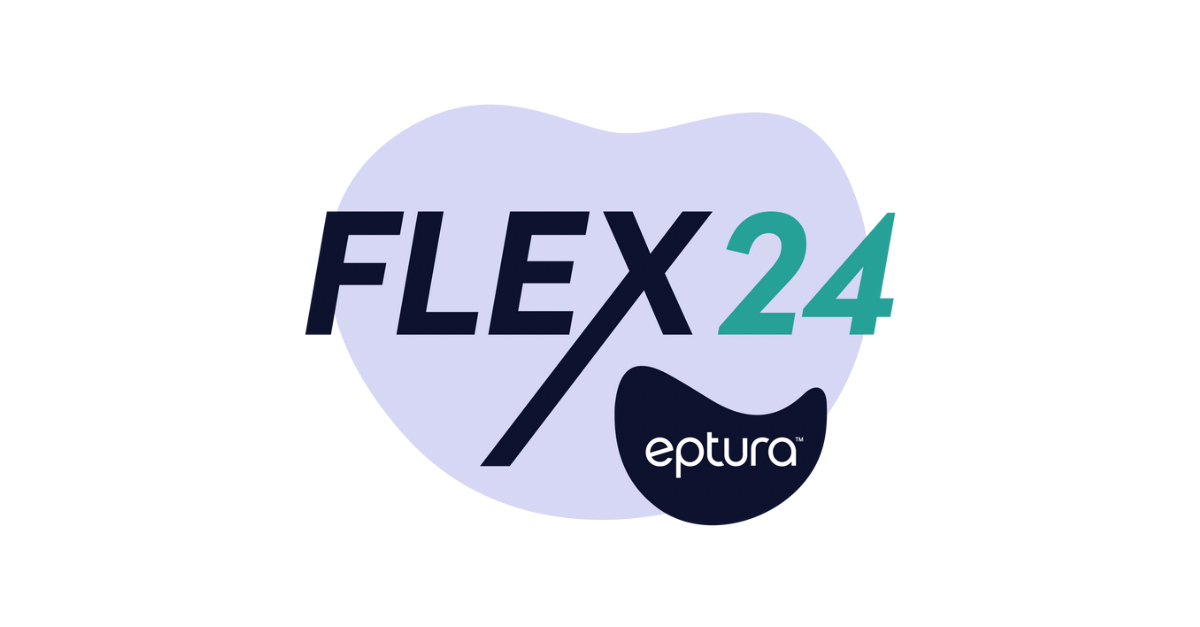
By Nai Kanell
Director of Marketing
SpaceIQ
Working from home has always been a coveted perk, but it hasn’t been until the last decade that it’s become a reality for many employees. While the privilege of working from home was once a status symbol, today more people are making the transition. In fact, the shift to remote work is happening on a grand scale. It’s a great opportunity for employees and businesses alike to reap the benefits of remote working.
Some benefits are obvious. Employees cherish the autonomy, privacy, and flexibility of a remote position. Businesses keep overhead costs low and better retain talent. When we delve deep into the advantages of remote work, it’s clear there are broad benefits all around. So why has it taken this long for remote work to become commonplace? In short, fewer technology barriers stand in the way of off-site workers delivering in-house levels of production. Today’s workers are also attuned to technologies that make adapting to remote work simpler.
Here’s a look at why companies trend toward decentralized teams and the enticing prospects remote work offers.
For employees
The benefits of working remotely for employees revolves around empowerment. The opportunity to assume a more flexible work schedule gives individuals the ability to tailor their work experience around what makes sense for them. The benefits associated with this freedom include:
- Increased productivity. Given the ability to work however best suits them, employees get more done. Instead of accepting a rigid workplace structure and schedule, employees adapt their work to a mode they’re comfortable with. Their chosen environment, schedule, habit, and even the way they dress all contribute to comfort, which translates to focus and productivity.
- Less time spent commuting. The daily commute puts a damper on any workday. Dealing with traffic jams on both sides of the workday means hours wasted in the car. Working from home or a nearby coworking space or coffee shop means fewer hours spent yelling at the radio and more time to relax or get a jumpstart on work.
- More autonomy. Employees gain a certain confidence and respect for a business that trusts them to work remotely or gives them the flexibility to work from home. That autonomy manifests in employees in numerous ways—whether it’s confidence in the work they’re doing or a willingness to do more when asked.
- Improved morale and happiness. At the end of the day, remote work is still a perk and one many people are happy to have. Granting employees the opportunity to work remotely gives them a reasonable shot at work-life balance and can take some of the stress out of a fast-paced environment.
For employers
The benefits of remote work for employers are more nuanced, less about the actual work. A remote workforce leverages benefits into the company’s bottom line and boosts intangibles like culture and access to talent. For employers, giving up some level of control and oversight is its own form of freedom. The benefits include:
- Improved employee retention. Keep employees happy and productive and they’re more likely to stay on. In fact, they’re more likely to develop an appreciation and affinity for their job, and lend positivity to the company culture. Any executive knows how detrimental turnover is for a business; remote can lower it.
- Access to a wider talent pool. With remote work, the physical location of a job doesn’t define the talent pool. If you want the best Web Developer, you don’t need to restrict your search to your city or state—you can cast the net worldwide. It’s part of strategic positioning in an increasingly globalized economy.
- Lower overhead costs. If you have 20 in-house employees, your workplace needs space for 20. If you have 10 in-house employees and 10 remote employees, your workplace might only need space for 12 people. Unneeded square footage adds up in overhead dollars saved.
- Technology benefits. Technology gives businesses a competitive edge. Because remote work relies on technology, it forces businesses to adapt and grow their strategies in a responsible way. Remote workers help a company adapt quicker and find smarter solutions out of necessity.
Remote work isn’t without drawbacks
Remote work offers an abundance of benefits, but not without potential drawbacks. Trust is a major component of remote work arrangements, for example. Employers need to trust that their employees will stay productive and maintain expectations; employees need to trust that their employers won’t abuse working hours or develop unrealistic expectations. There’s also the need to develop healthy work habits and maintain personal accountability, which may be difficult for some people.
Setting the right expectations for remote work leads to its many benefits. As with all work concepts, there’s a give and take between employer and employee that demands balance. Finding that balance is beneficial for everyone.
Keep reading: 10 Remote Working Tools That Boost Team Collaboration.




